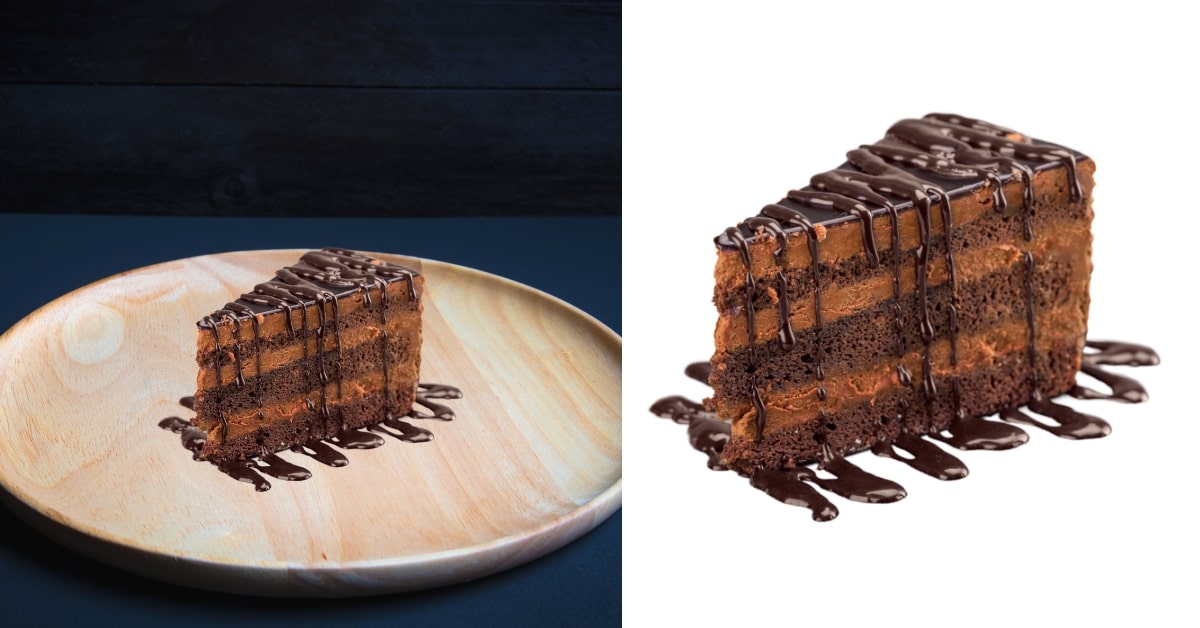In the world of digital imagery, the term “clipping path” is often associated with advanced image editing, typically used to separate objects from their backgrounds. But can a JPEG (or JPG) image, one of the most common image formats, have a clipping path? This article will provide you with an in-depth understanding of the relationship between clipping paths and JPEG images, demystifying their compatibility and shedding light on potential use cases.
Clipping Paths: A Brief Overview
A clipping path is a graphic design technique used to isolate a subject or object within an image, making it easy to remove the background or apply other adjustments. It’s commonly used for e-commerce product images, portraits, and in graphic design to create visually appealing compositions.
JPEG Images: The Basics
JPEG, or Joint Photographic Experts Group, is a popular image format known for its efficient compression and widespread compatibility. It’s commonly used for photographs, web graphics, and other digital images.
Can a JPEG Image Have a Clipping Path?
Native JPEG Support
JPEG images do not natively support clipping paths. Unlike formats like PNG or TIFF, which can store transparency data, JPEG images are inherently opaque. However, this doesn’t mean you can’t use clipping paths in conjunction with JPEGs.
Clipping Path in JPEG: Use Cases
You can use clipping paths in your image editing software to create a selection around the subject you want to isolate. Once the selection is made, you can apply various editing effects, such as removing the background, changing colors, or adding shadows. While the JPEG format won’t store the clipping path itself, the edited result can be saved as a new JPEG image.
How to Add a Clipping Path to a JPEG Image?
To apply a clipping path to a JPEG image, follow these steps:
- Open the JPEG image in your preferred image editing software (e.g., Adobe Photoshop).
- Use the Pen Tool or any other selection tool to create the desired clipping path around the subject.
- Once the selection is made, you can apply various adjustments or remove the background.
- Save the edited image as a new JPEG, preserving the quality and compression settings you prefer.
Conclusion
While JPEG images do not inherently support clipping paths, you can still use them for advanced image editing. By creating a selection around the subject and applying the desired edits, you can achieve the same visual effect. The edited result can then be saved as a new JPEG image or converted to a format that natively supports clipping paths if needed. Understanding the compatibility and workarounds for clipping paths in JPEG images opens up new possibilities for creative image editing and design.
FAQs
Can a JPEG image be converted to a format that supports clipping paths?
Yes, you can convert a JPEG to a format like TIFF or PSD, which supports transparency and clipping paths. However, this may result in larger file sizes.
What is the difference between a clipping path and a transparent background?
A clipping path creates a selection around an object, while a transparent background removes the background entirely, making it fully or partially see-through.
This page was last edited on 20 February 2024, at 2:48 pm
